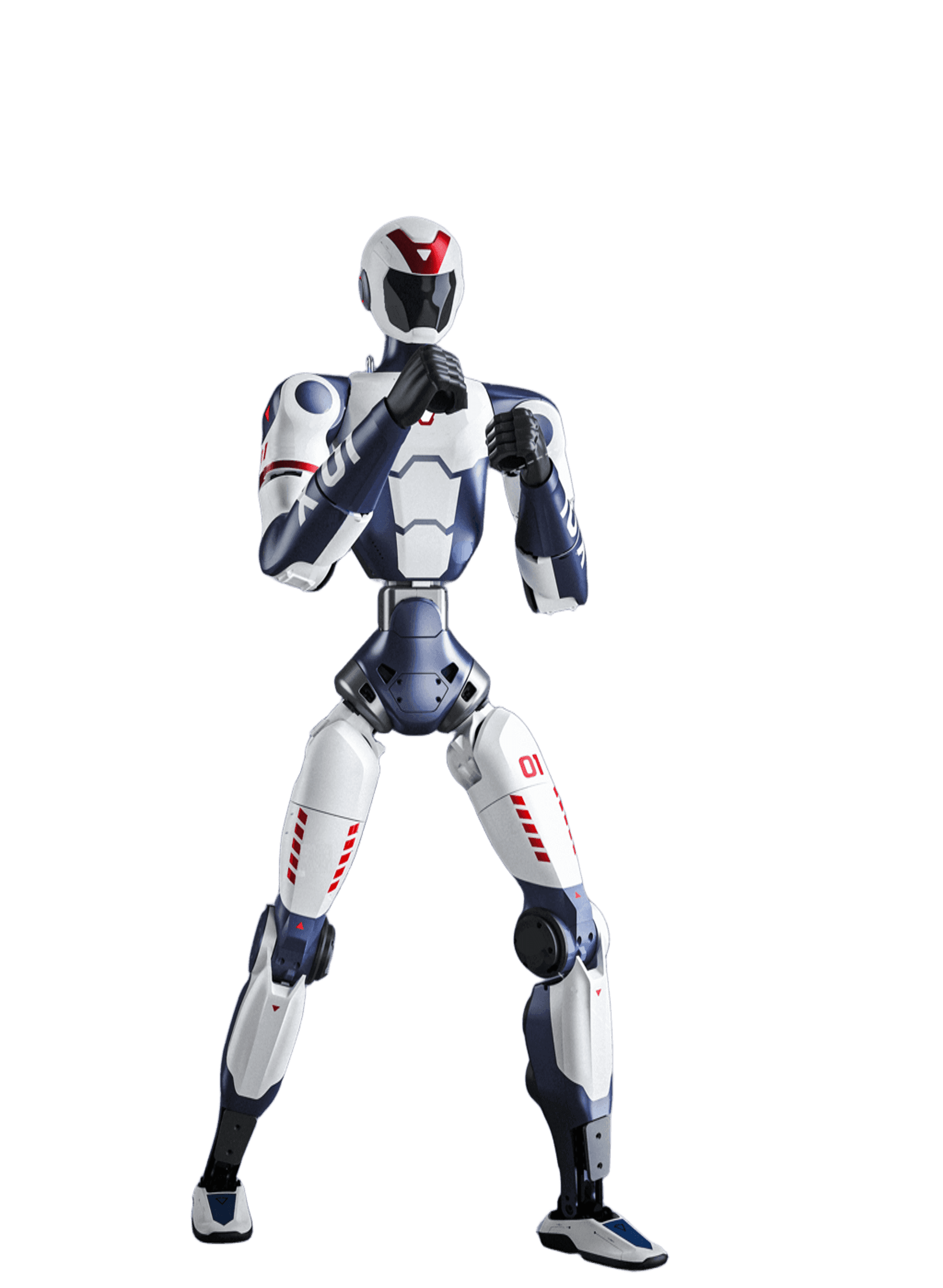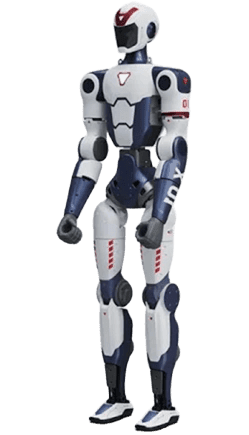Unitree R1
Ultra-lightweight, fully customizable Unitree R1

about Unitree R1

What makes the Unitree R1 unique compared to other humanoid robots?
The R1 stands out with its lightweight design (25 kg), agility, and affordable price point of around $5,900. It can perform advanced movements like cartwheels, handstands, and punches, making it a versatile platform for research and entertainment. Its cost-effectiveness opens opportunities for universities, developers, and hobbyists who couldn’t access humanoid robots before.
—
How can the Unitree R1 be used in education and research?
The EDU version supports Python, ROS, and APIs, allowing deep customization for AI, robotics, and control systems research. Students and researchers can program locomotion, vision, and interaction features to test new algorithms. This makes it a valuable tool for advancing robotics studies and prototyping.
—
What opportunities does the R1 offer for future applications?
With its modular design and Jetson Orin AI support, the R1 can evolve into roles such as interactive assistants, training robots, or entertainment performers. Its human-like mobility creates potential for use in service industries or human-robot interaction research. While autonomy is limited today, developers can expand its intelligence through software and cloud integration.
—